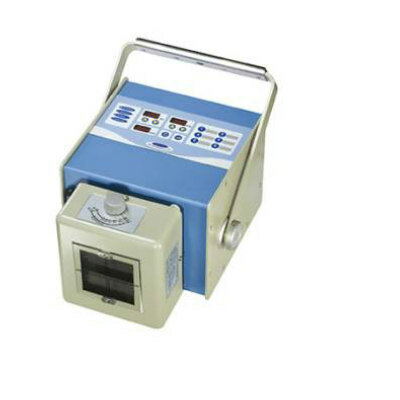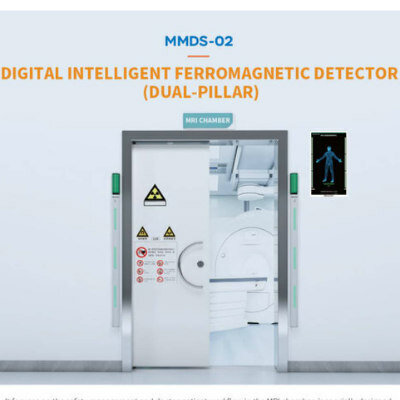Negative Effects Seen from Revised Mammography Recommendation for Women Ages 40-49
By MedImaging International staff writers
Posted on 17 May 2011
Two new studies revealed that a US task force's recommendation to no longer screen women ages 40-49 for breast cancer using mammograms has begun to negatively affect the number of yearly mammograms performed in this age group and thus decrease the benefits of early detection. Posted on 17 May 2011
After the United States Preventative Services Task Force's (USPSTF; Rockville, MD, USA) delivered their recommendations in November 2009, researchers at the University of Colorado (Boulder, USA) saw considerable decrease of mammograms in women aged 40-49. "In the nine months after the guidelines, we saw 205 fewer women in the 40-49 age group than we did the previous year,” said Dr. Lara Hardesty, lead researcher for this study.
Correspondingly, researchers from the University Hospitals at Case Medical Center (Cleveland, OH, USA) performed a retrospective review to determine the potential impact of forgoing screening mammograms in this patient population. "These guidelines greatly concerned us, especially for our patients and primary physicians,” said Dr. Donna Plecha. "We know that when patients are screened earlier, they have a better prognosis for detection and treatment.”
In the study at the University Hospitals at Case Medical Center, out of the 524 biopsies performed, 108 cases of cancer were diagnosed. Tumors discovered in the 40 to 49-year-old patients who underwent screening mammography presented at a much earlier stage of breast cancer than those patients who did not have screening mammograms. Dr. Plecha believes that if primary physicians and patients begin following the USPSTF's guidelines, survival rates in this population will decline. She said, "Seventy percent of women who are diagnosed with breast cancer don't have a family history of breast cancer. It's very important that we continue to do all that we can to catch breast cancer in the earliest stages so that we can continue to save lives.”
Dr. Hardesty also emphasized the importance of stressing the benefits of yearly mammograms to 40-49 year old patients and physicians alike. She concluded, "We must continue to get the message out to our patients and make sure that referring providers understand our recommendations because they are the ones who are influencing patients in that age group.”
Dr. Hardesty and Dr. Plecha delivered presented findings on their studies on May 2, 2011, at the 2011 American Roentgen Ray Society (ARRS) annual meeting held in Chicago (IL, USA).
Related Links:
United States Preventative Services Task Force
University of Colorado
University Hospitals at Case Medical Center













